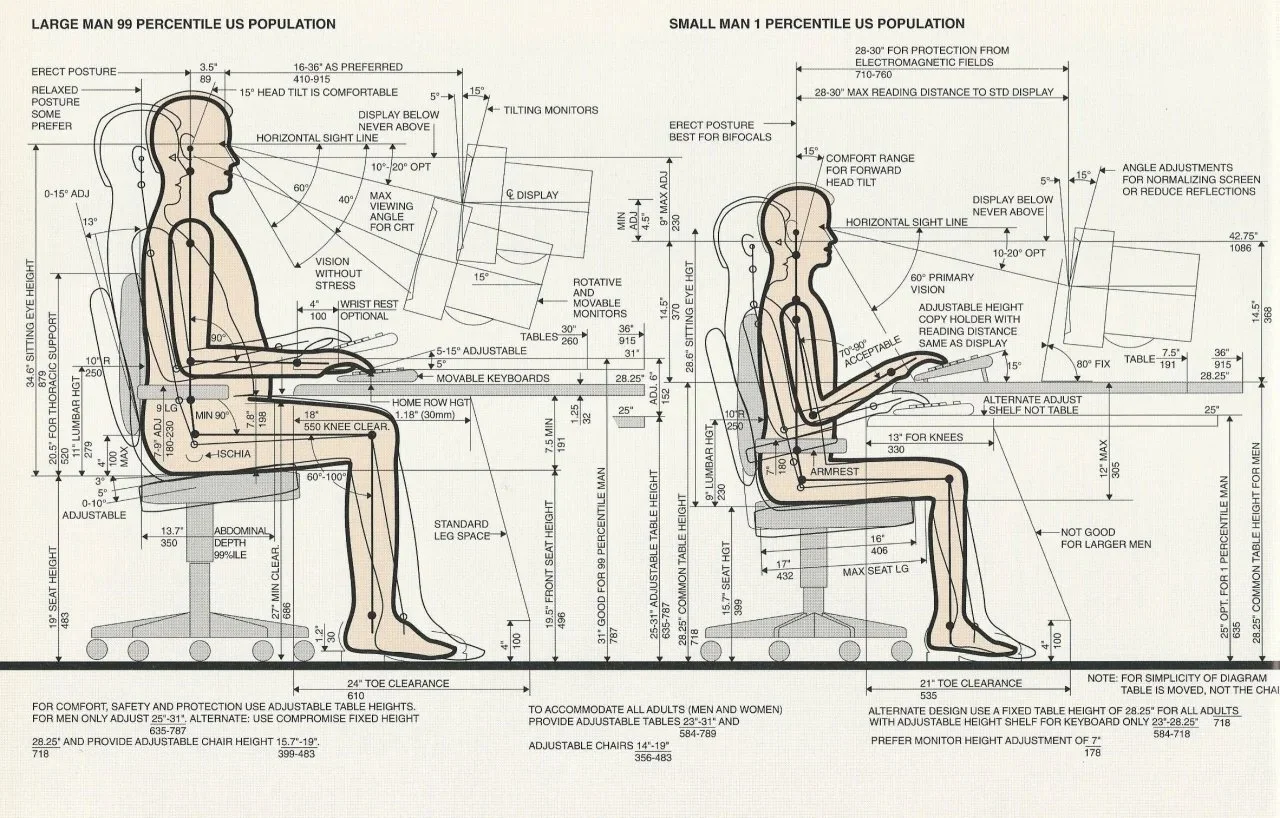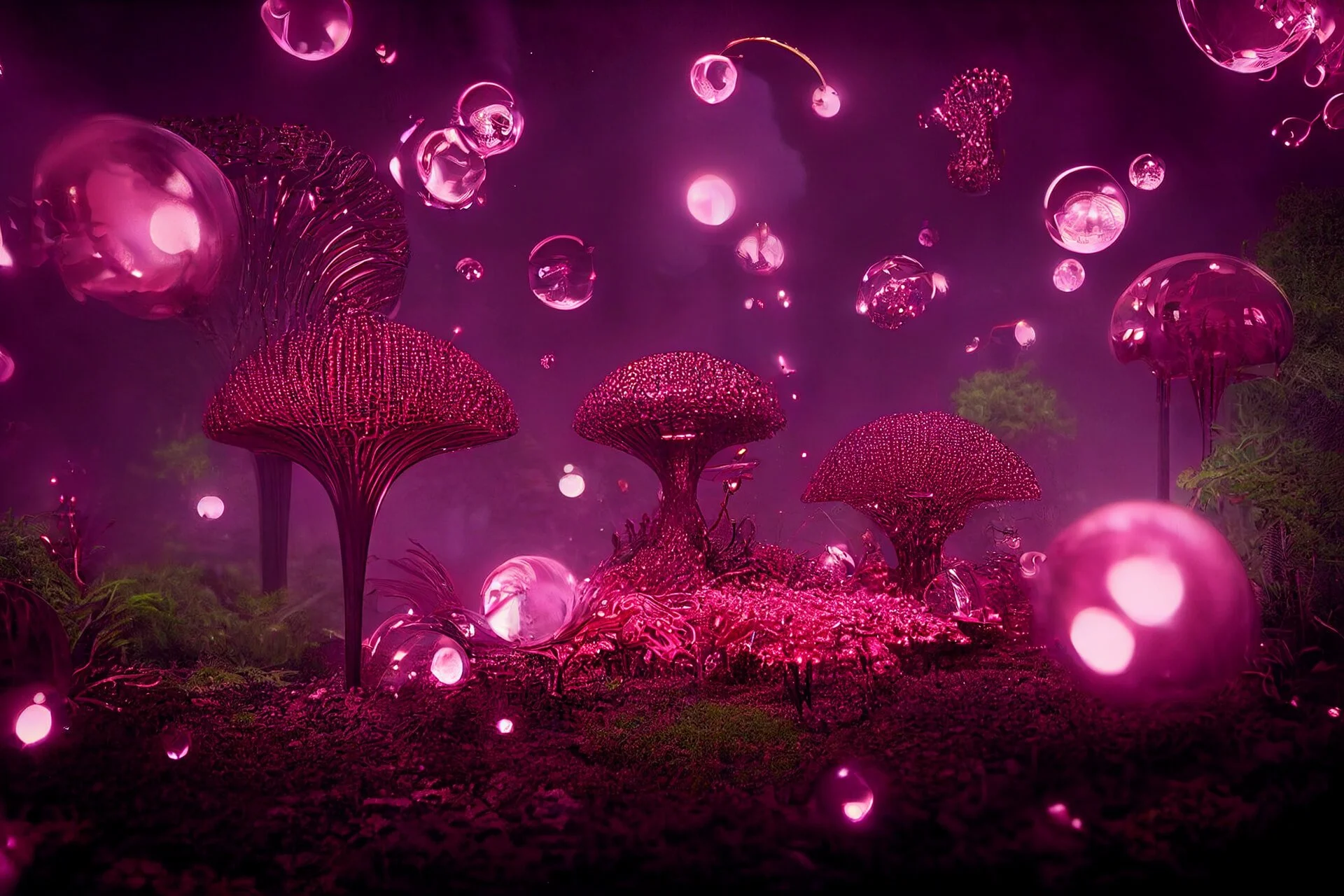#7 :: Serendipity + designing the future
Or, how Henry Dreyfuss designed for real people …
Henry Dreyfuss opened his design studio in New York in 1929, in the midst of the deepest depression in history. One of the first professional industrial designers, Henry’s approach was revolutionary for a time when design was the final styling around a preconceived product. His ethos has endured and has shaped the discipline.
There are two key dimensions to Henry’s work - related to strategy and methods - which remain relevant for contemporary product development.
First, Henry believed that design was integral to all aspects of products - from engineering and production, to shipping and marketing. For him, this was all part of the same work. This philosophy allowed his studio to impact clients’ businesses end-to-end business, and enabled design influence across diverse projects (telephones, vacuum cleaners, tractors, trains, planes, clocks, shops, theatres…).
Second, and critically, Henry upended the engineering-led status quo. His ethos sought to “fit machines to people”, rather than the other way around. This was a journey-led approach, gathering and building layers of insight and knowledge. The studio gathered anthropometric data, laying the foundations for human factors, and refined a design process that focused on collaborating with stakeholders to understand problems, needs and points of view. In effect, the Dreyfuss studio was the first to take a customer-centric approach.
Dreyfuss Studio anthropometric charts - Early human factors🎯 Finding the actual problem
The best story of the journey-led, serendipitous approach that marks Dreyfuss’s work comes from 1925. 21 year old Henry was gaining renown, and he was hired by RKO Pictures to investigate a failing movie theatre in Iowa. RKO had recently completed the Orpheum theatre in Sioux City. The biggest competitor in town, just down the street, was dilapidated yet full to the rafters each night, but the fancy Orpheum remained empty. Lowering ticket prices and offering free snacks didn’t work. So Henry set about doing some research.
He observed the clientele for three days straight, watching them out front, at the competitor’s site, and eavesdropping on what people were saying. Guerrilla research. And he unearthed the problem.
It wasn’t that the townsfolk didn’t like the theatre. Rather, it was too nice for them. The Sioux City clientele - farmers and labourers and ordinary workers - were intimated by the plush surrounds, especially the expensive red carpet in the lobby. They were scared to ruin it with their muddy boots: It wasn’t a place for them.
Next day, Henry had the carpet ripped out, replacing it with rubber matting. And it worked. The crowds came in droves. Genius.
Dreyfuss in brown suit in 1946, and a later design for RKO in 1930The Dreyfussian approach today: Tools and tips
So let’s think about the underlying principles of Henry’s philosophy. How can you implement some Dreyfussian serendipity in digital design, when the scales are weighted in favour of rigour and logic? Here are some methods to become more customer oriented:
Spend time on the problem: Henry’s approach was slow, spending time upfront to identify the problem, rather than rushing in. It pays to solve the right problem. And this understanding evolves through exerted effort.
Be neutral + alert: Finding the problem involves listening. Listen to stakeholders’ problems, preferences, needs on every level. And this means really listening — beyond the spoken word.
Empathy + serendipity: Discard your own, immediate frame of reference. Relinquish assumptions about why your product is underperforming, or what your users need. Remain open to the insight and possibilities that emerge in the process.
Facilitate show + tell: Successful research gets to the heart of latent needs. But be careful: People aren’t able to articulate gaps and opportunities. What they can do is talk about themselves and their lives. Your job is to join the dots.
Innovate methods: Henry reached beyond the obvious by eavesdropping and observing. To make things better, keep exploring and asking ‘why…?’. The goal is to understand deep thoughts and psychology.
For a deeper dive…:
Henry’s 1955 manifesto on industrial design ‘Designing for People’
What’s interested us this week:
Tuvalu is turning to the metaverse to digitally migrate its entire country and sovereignty, as the island nation fears being wiped out under rising sea levels (via The Conversation)
The - authentic - business of creating immersive art, theatre and experiences, being conjured up by Meow Wolf (via Fast Co.)
Pantone’s colour of 2023 is a ‘magentaverse’, that references virtual and natural worlds (via Creative Review)
UA92 is positioning itself as the world’s first metaverse FE institute, by awarding NFTs to graduating students (via MSN)
Meanwhile, Neoma and Polimi are attempting to teach about the metaverse, in the metaverse (via FT)
Artists Gilbert & George’s first attempts to create works using AI (via the Guardian)
Pantone’s Magentaverse



